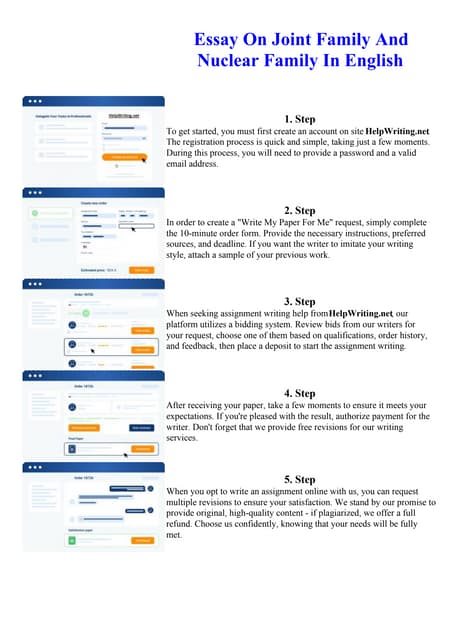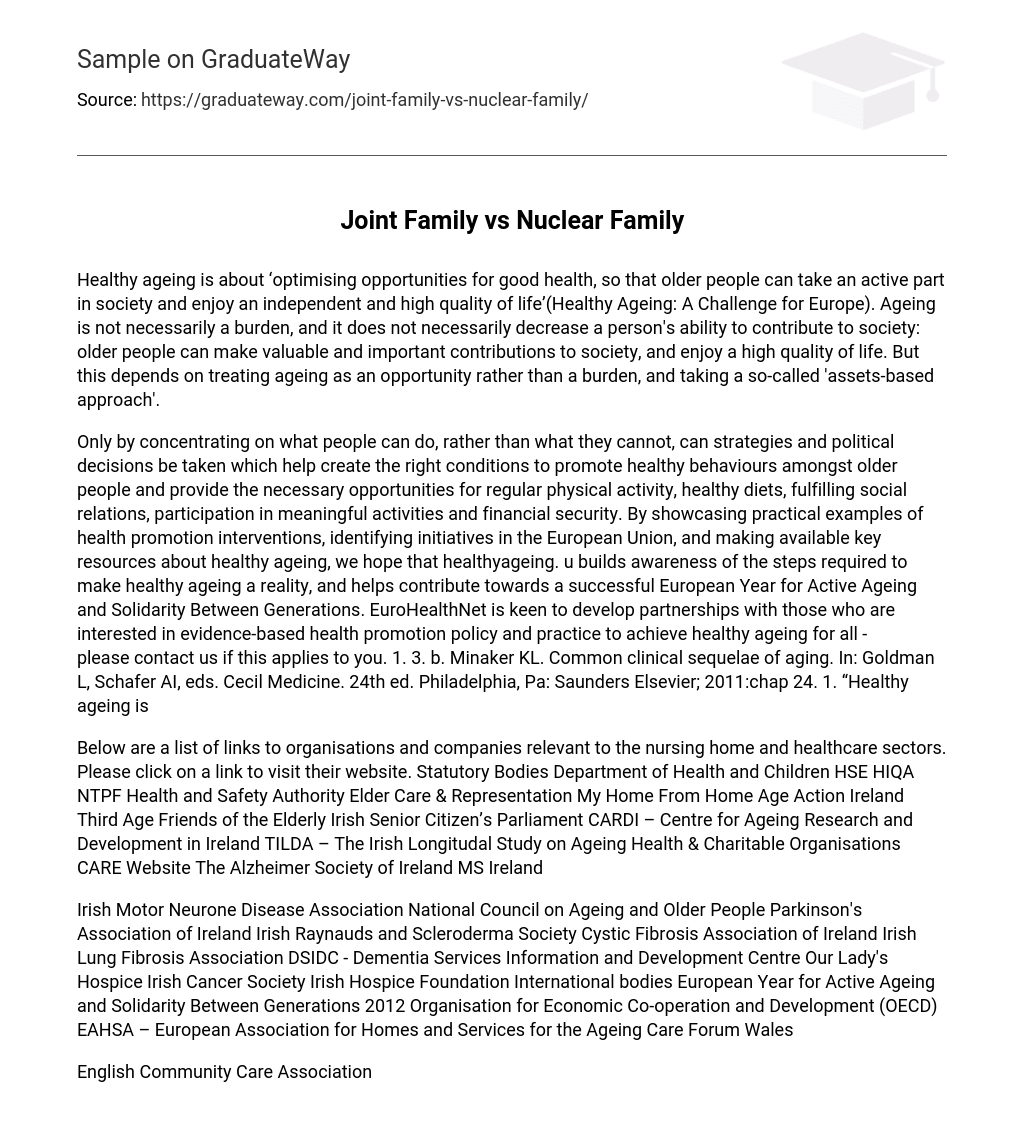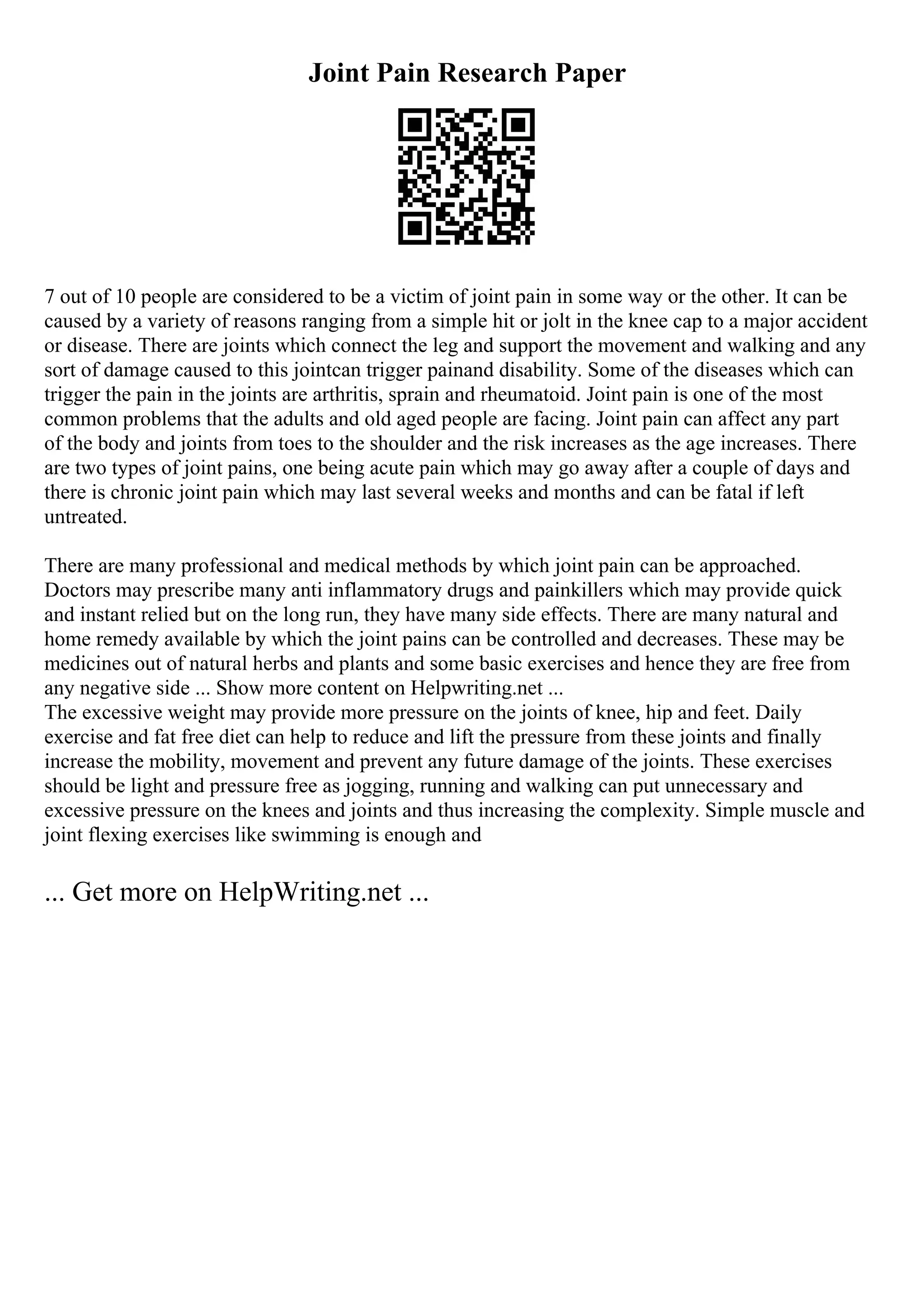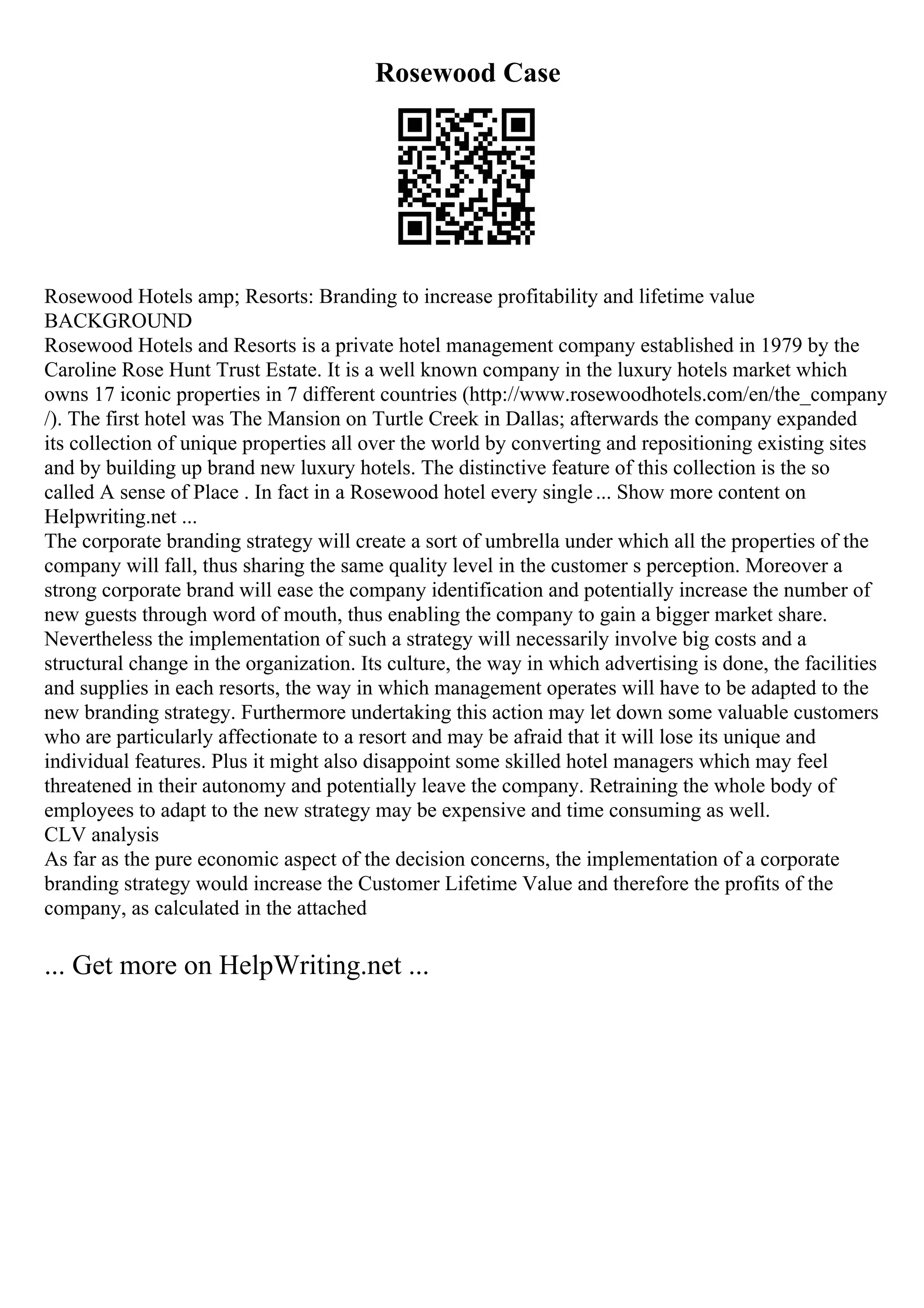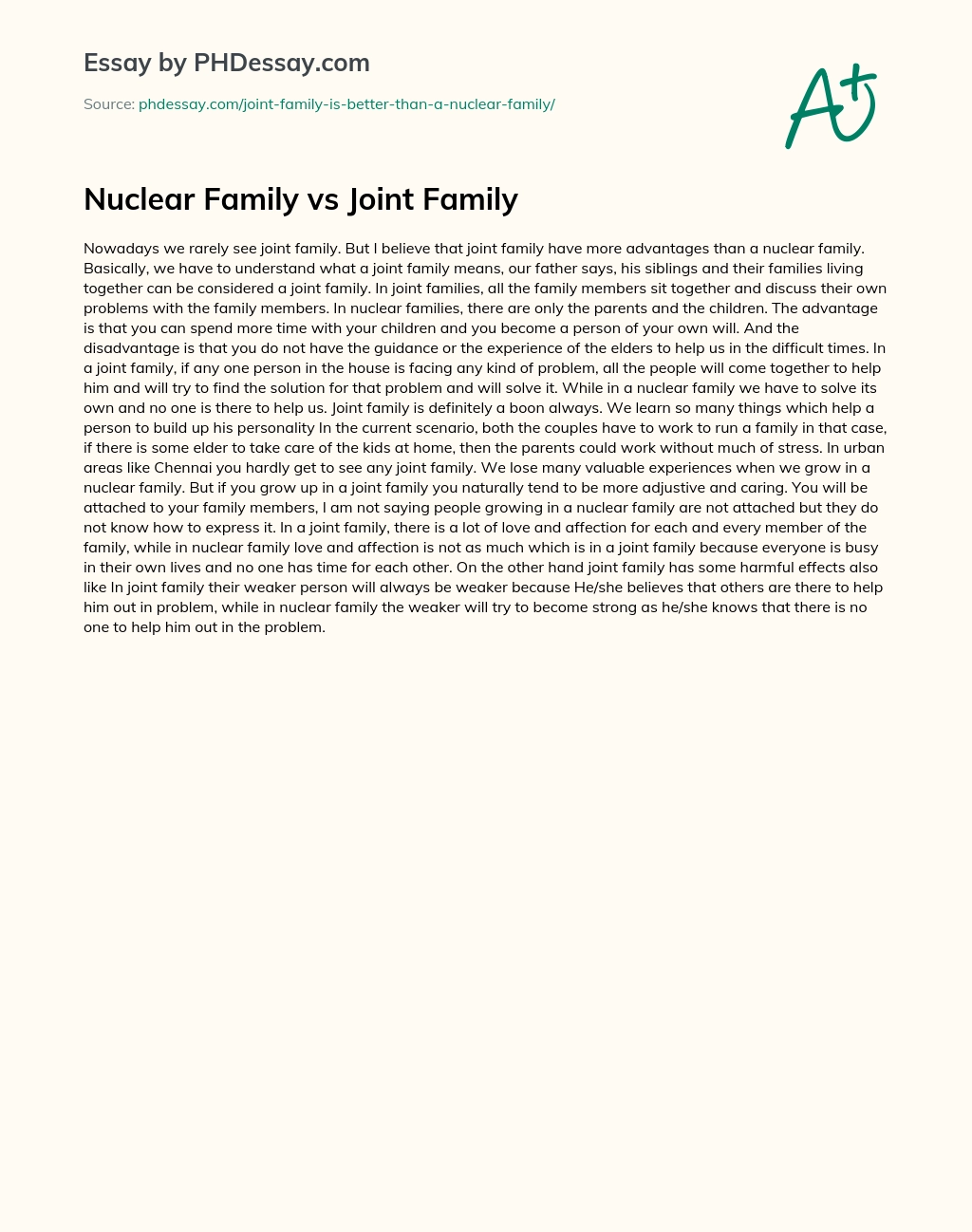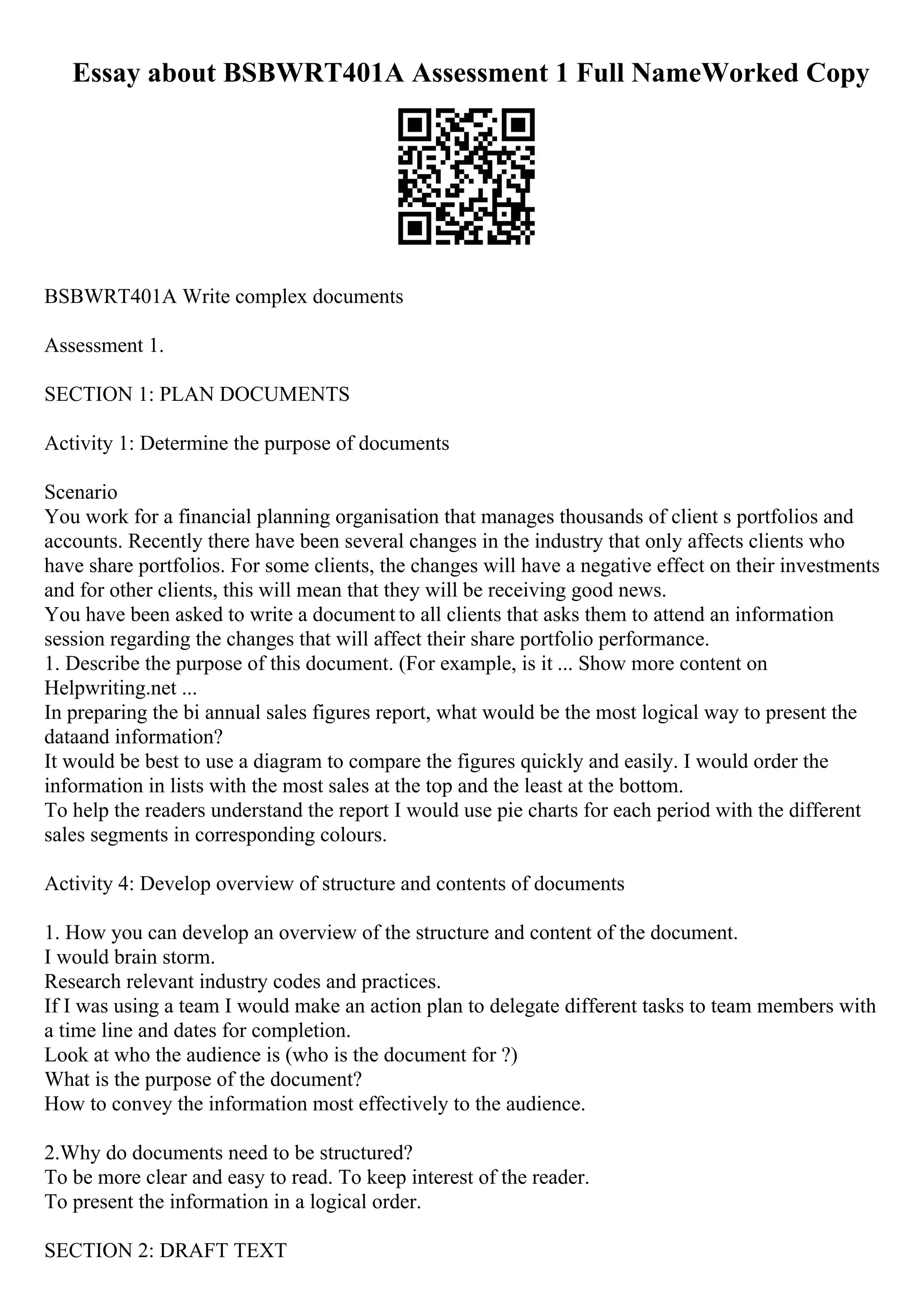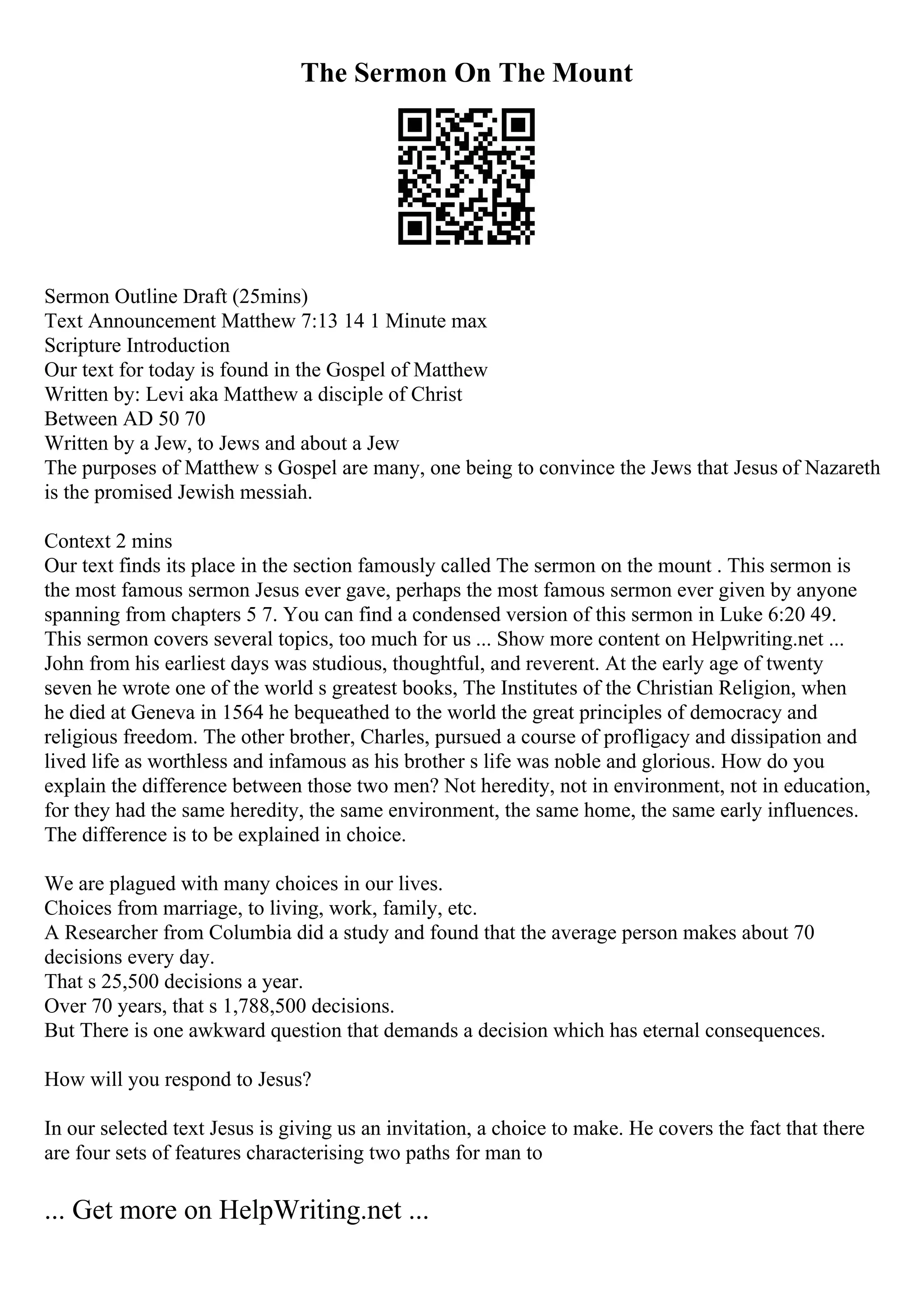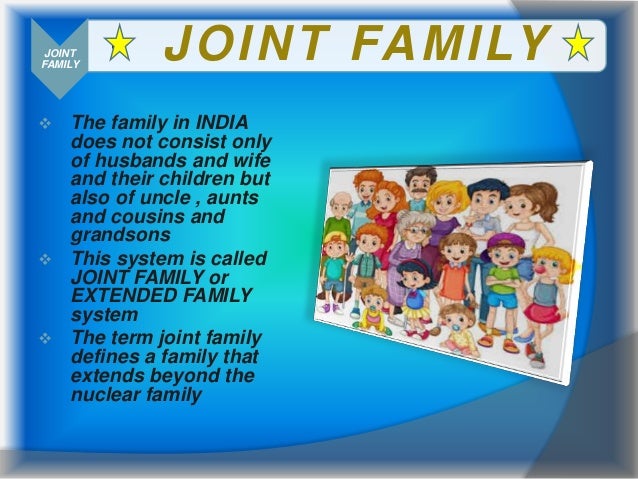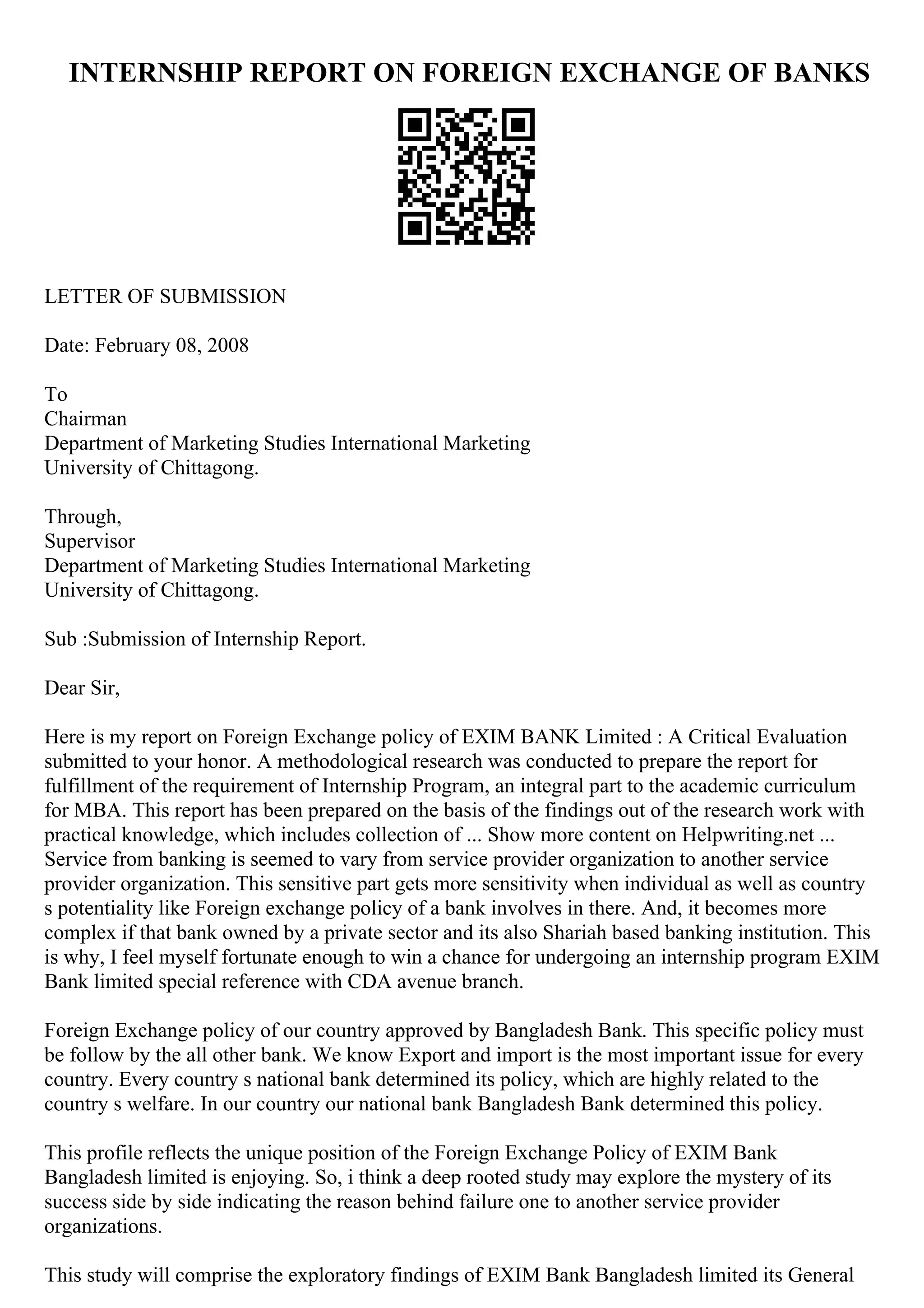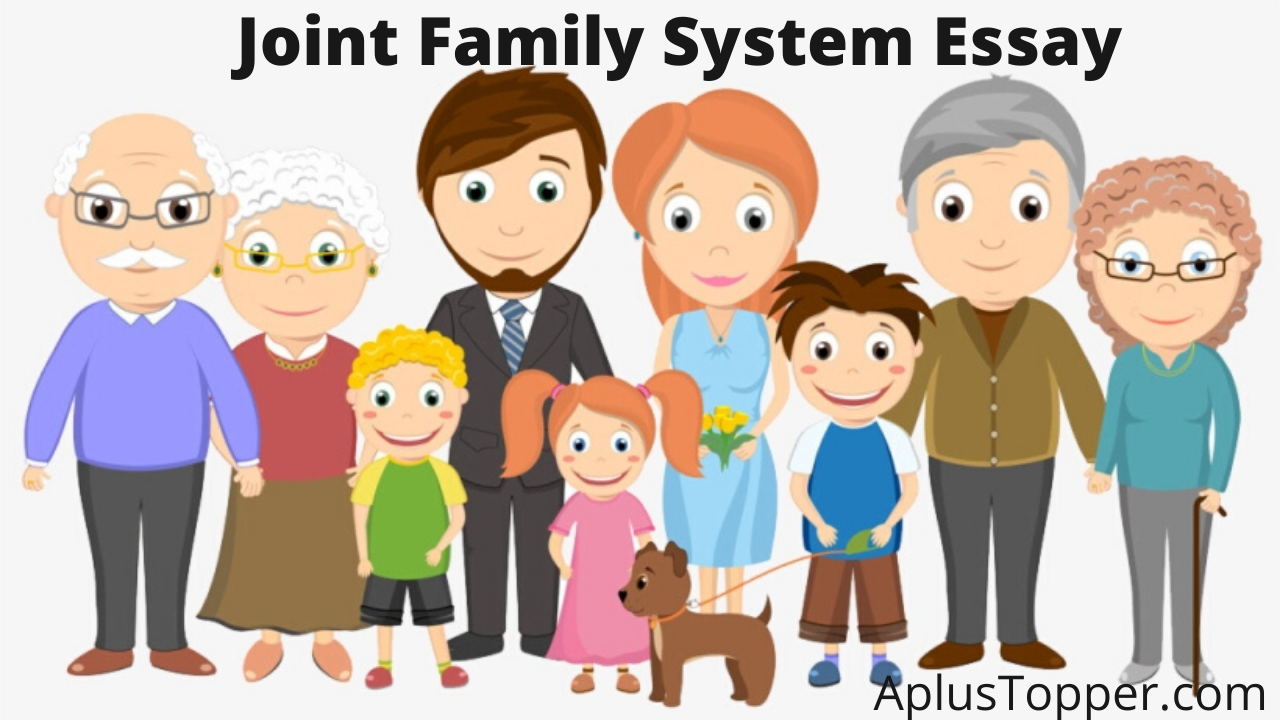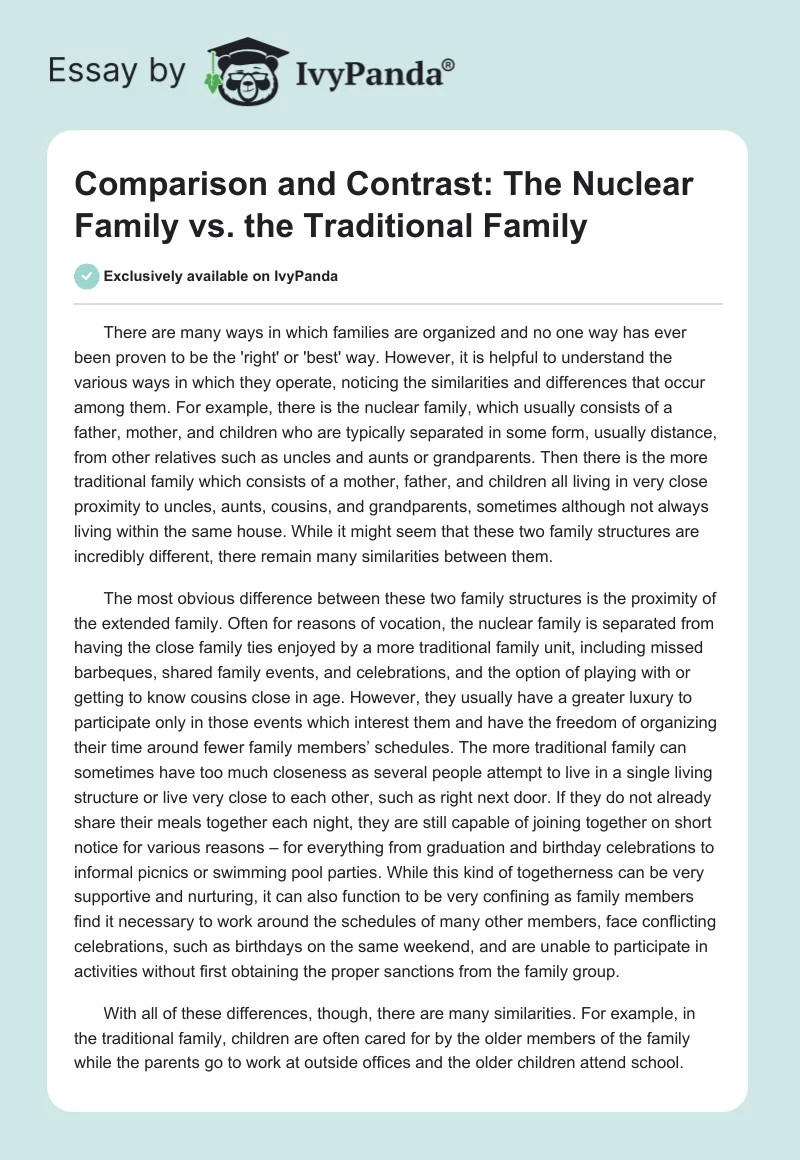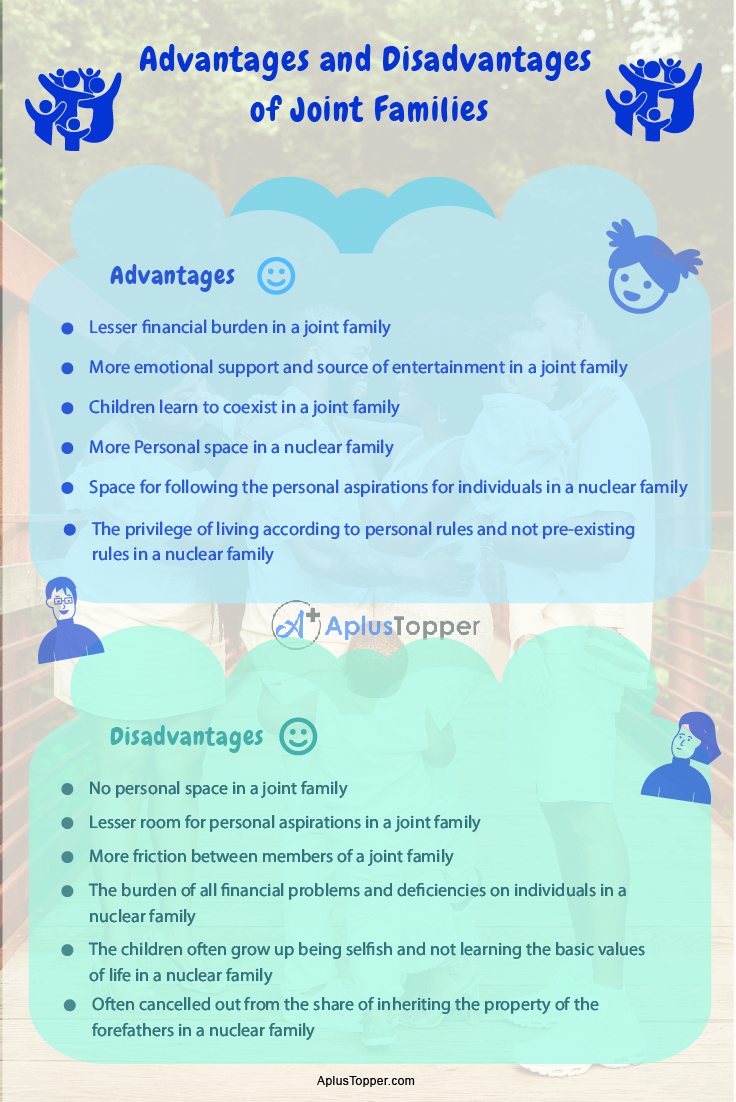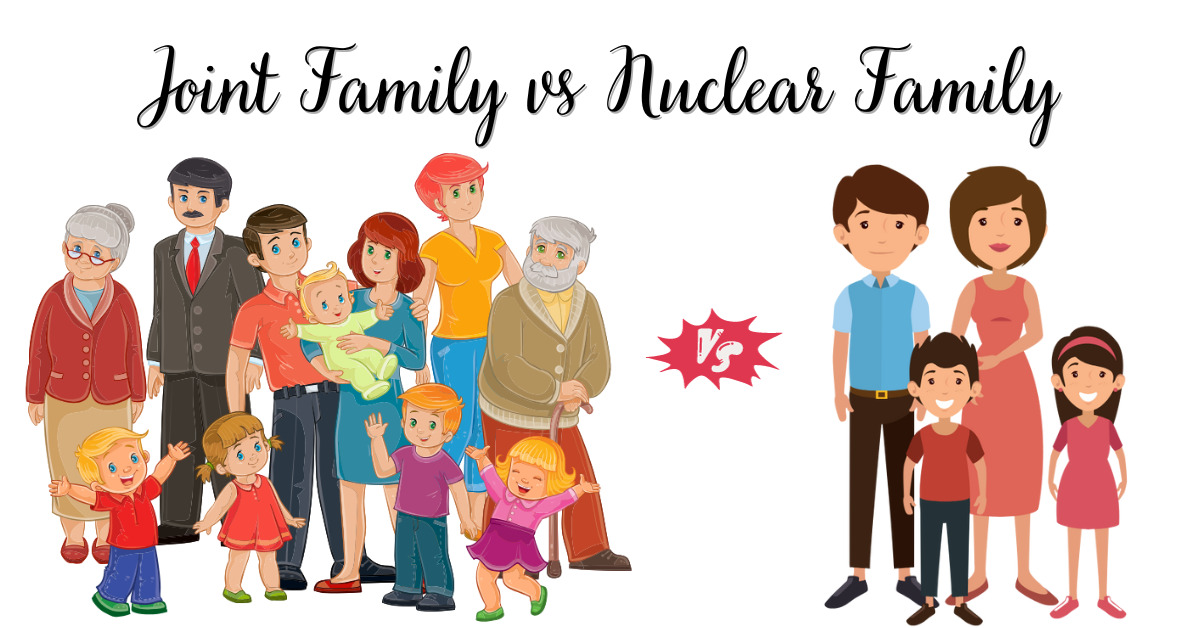Joint Family And Nuclear Family Essay
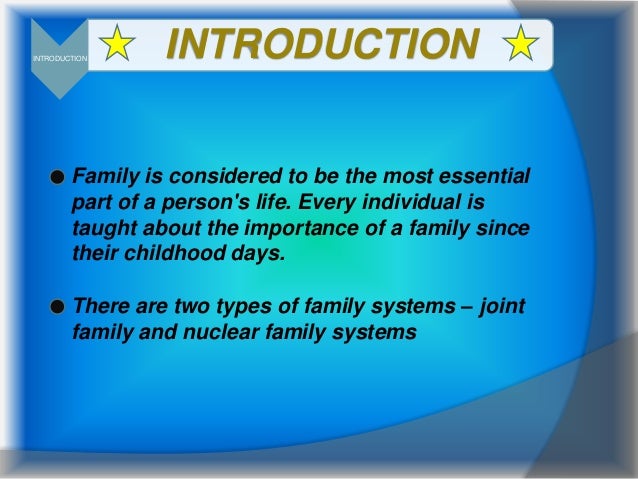
Imagine a bustling household, laughter echoing through generations. Grandparents sharing wisdom, parents guiding their children, and cousins creating memories under one roof. This is the quintessential image of a joint family, a cornerstone of many cultures across the globe.
But increasingly, this image is fading. The rise of the nuclear family – a unit consisting solely of parents and their children – has become a prominent trend. This article explores the ongoing discussion surrounding these two family structures, delving into their contrasting values, benefits, and challenges in a rapidly changing world.
The Enduring Appeal of the Joint Family
For centuries, the joint family system has been deeply ingrained in societies, particularly in South Asia. It's more than just a living arrangement; it's a social and economic support system. Resources are pooled, responsibilities are shared, and childcare is a collective effort.
The benefits are numerous. Elders offer invaluable guidance and wisdom, while younger members provide energy and innovation. This intergenerational interaction fosters a sense of continuity and cultural preservation.
In times of crisis, the joint family provides a safety net. Financial burdens, illnesses, or personal struggles are shared, reducing the strain on any single individual.
"The strength of the joint family lies in its ability to provide unwavering support and a strong sense of belonging," says Dr. Priya Sharma, a sociologist specializing in family dynamics.
Challenges of the Joint Family in Modern Times
Despite its advantages, the joint family structure faces challenges in the modern era. Increased urbanization and globalization have led to greater mobility, making it difficult for families to stay together. Economic pressures also contribute to the shift.
Differences in opinions, values, and lifestyles can create friction within a large household. Maintaining harmony requires constant effort, compromise, and effective communication.
The desire for greater autonomy and independence is also a driving force behind the rise of nuclear families. Younger generations often seek to establish their own identities and make independent decisions.
The Rise of the Nuclear Family
The nuclear family, characterized by its focus on the parent-child unit, gained prominence in Western societies and has since spread globally. It emphasizes individual autonomy and self-reliance.
This structure often provides greater privacy and flexibility. Parents have more control over their children's upbringing and can make decisions that align with their personal values and aspirations.
For women, the nuclear family can offer increased opportunities for education and career advancement. With fewer domestic responsibilities, they can pursue their ambitions and contribute to the workforce.
Drawbacks of the Nuclear Family
Despite its advantages, the nuclear family is not without its limitations. The burden of childcare, household management, and financial responsibilities often falls solely on the parents, leading to stress and burnout.
Children may miss out on the valuable intergenerational learning and support offered by joint families. The absence of grandparents and other relatives can lead to a sense of isolation.
According to data from the Pew Research Center, adults in nuclear families often report higher levels of stress and loneliness compared to those in extended family households.
Furthermore, the nuclear family structure can be more vulnerable to economic shocks and personal crises. Without a strong support system, families may struggle to cope with unexpected challenges.
Finding a Balance
Ultimately, the ideal family structure is a matter of personal preference and cultural context. There is no one-size-fits-all solution.
Many families are finding creative ways to blend the benefits of both systems. They may choose to live near their extended families or maintain close relationships through regular visits and communication.
Modern technology also plays a role. Video calls, social media, and other tools allow families to stay connected, regardless of their geographical distance.
The key is to prioritize strong family bonds, mutual respect, and open communication, regardless of the chosen structure. Whether it's the close-knit embrace of a joint family or the independent spirit of a nuclear unit, the enduring strength of family lies in its ability to provide love, support, and a sense of belonging.

